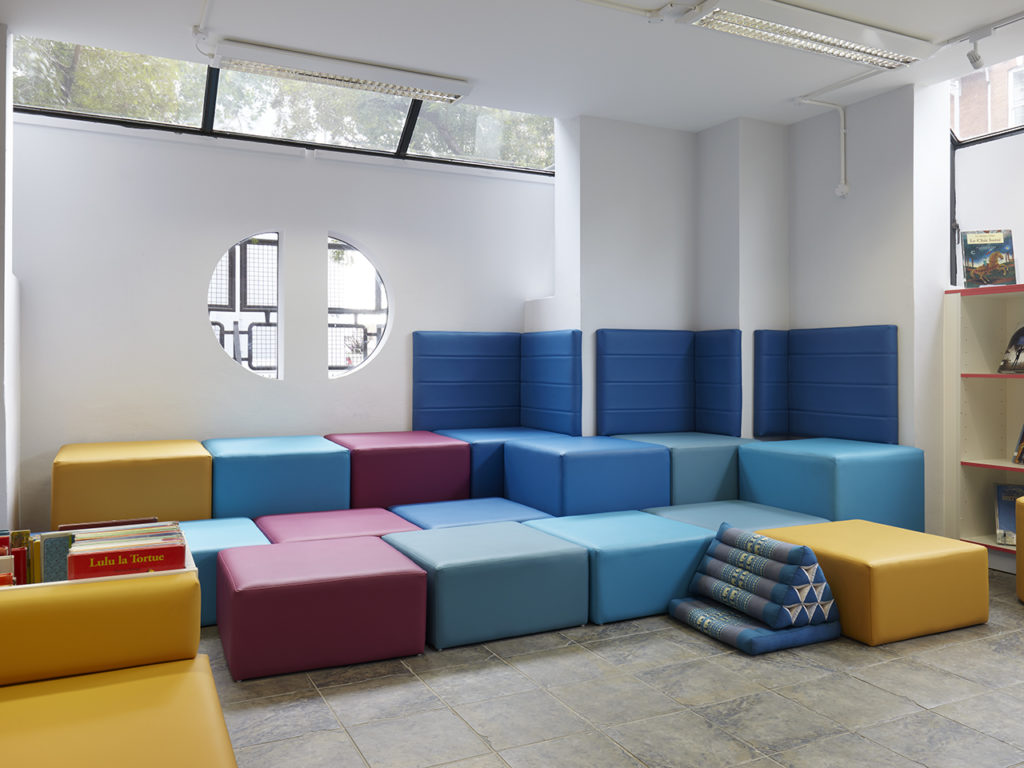Any teacher will tell you that a student’s learning style is as individual as they are. Some people learn visually or by seeing things. Other students are auditory learners, who learn by listening, And some prefer a kinaesthetic or tactile learning approach. Of course, the most valuable learning experience is a mix of different approaches. Wireless technologies have given us a different style of modern learning.
Accommodating a wide range of different styles and personalities in one classroom can be challenging. Today’s digital flexibility gives teachers a greater opportunity to facilitate these different learning styles. With the abundance of information available on the web, the teacher is able to step back into more of a guiding role.
Students with individual wireless devices, such as tablets or laptops, can now be empowered to learn in any way they choose. Sadly, the classroom environment doesn’t always facilitate the most effective learning. Traditionally, the classroom as consisted of desks and stackable hard seating. In more recent years, different desking configurations have been introduced. However, with the incoming of wireless devices, students no longer need to be sat at a classroom table all the time.
Forward thinking schools are already introducing a range of different learning zones into their individual classrooms. In one classroom it is possible to have at least 5 different mini zones, that empower students to work the way that best suits them.If you are considering creating a more agile learning environment in your classrooms, here’s what you will need to consider:High Focus Working ZonesHigh focus spaces are areas within the classroom that allow students to really get their heads down and concentrate. These are ideal for introverted students that prefer work alone, or for students that have difficulty concentrating and need to be away from the buzz of the classroom.
These can either be in the form of a study carrell, ora small booth. These areas require elements of both sound and visual privacy.Low Focus Working ZonesLow focus working zones are best for students that prefer to collaborate about their work, yet still work independently. Traditional open plan classroom desking is the perfect example of a low focus working zone. These areas can be made more inspirational by choosing different layouts and seating heights that accomodate modern learning styles.
Collaborative Working ZonesSometimes students will need to work together on projects. Incorporating spaces in your classroom specifically for collaborative group work will help to enhance communication and social skills. Creating an area for group working doesn’t mean that the space will be wasted when you aren’t doing group work. Students can use this area to work in pairs, or even individually when the need arises. Informal Working ZonesSometimes students just need to sit on a sofa or beanbag to get a different perspective on their work. Having a few informal working zones is very beneficial in a modern learning environmnet.
Informal seating is great for creative work. Traditionally, soft seating areas have been limited to sixth form learning zones, but by offering them to younger students too you can empower students to take more responsibility for their learning from a younger age.Wireless technology has enabled a huge development in the way we learn. The traditional classroom design is no longer ideally suited to help students achieve the best results.Implement a more up to date classroom design to help your students and teachers achieve better results.
If you would like assistance with planning or creating a more agile learning environment, then click here to book a 15 minute call with one of our advisors to find out how this could benefit your school.



